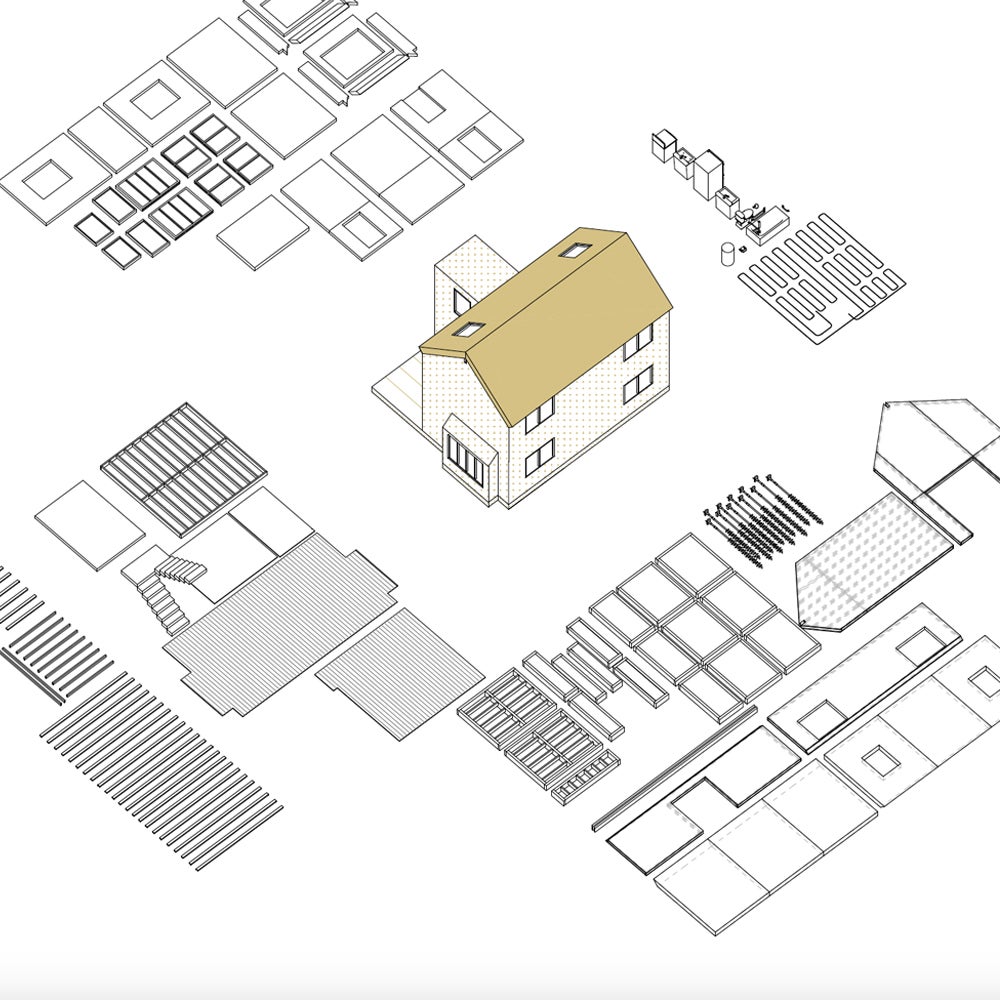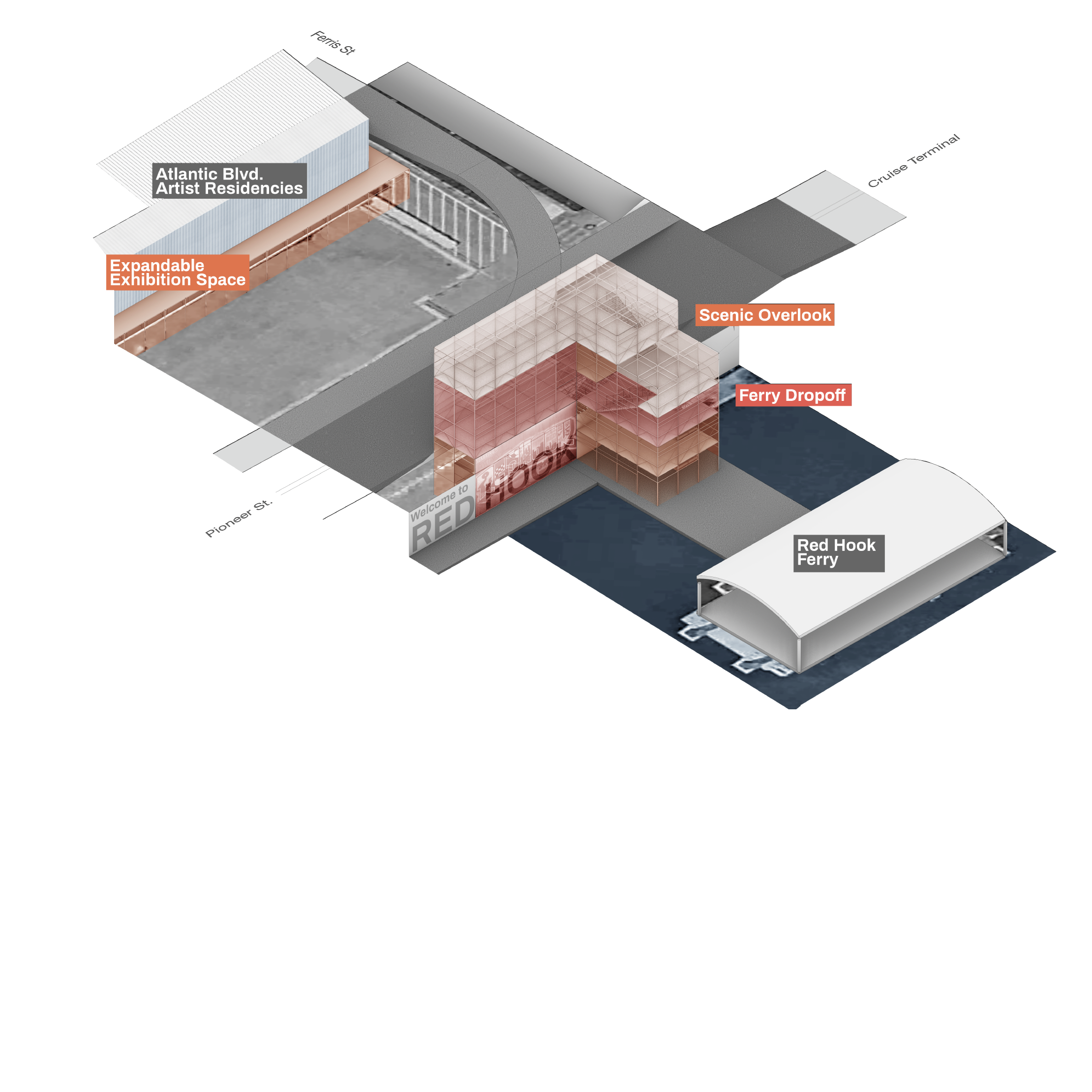
ROME PRIZE FELLOW AND PROFESSOR MICHAEL LEE ON THE IMMERSIVE EXPERIENCE OF A HISTORIC ITALIAN GARDEN
Reuben M. Rainey Professor in the History of Landscape Architecture Michael Lee was recently awarded the Rome Prize Fellowship and spent last spring at the Academy of Rome studying the Boboli Gardens in Florence. Lee was asked to elaborate on the history of Italian gardens in recent feature by the Wall Street Journal that pulled modern lessons of landscape design from the historic Villa d'Este outside of Rome.
Described by writer J.S. Marcus as "a truly immersive garden," the Villa d'Este, located in Tivoli, has "countless levels, crisscrossed by a skyscraper's worth of staircases and punctuated by some 50 sculptural fountains that run the large to huge to building-size."

Park of Villa d'Este with fountain Rometta and view into courtyard around town Tivoli, Italy; This file is licensed under the Creative Commons Attribution-Share Alike 3.0, by Karelj, 2011.
The estate and garden which is a Unesco World Heritage site and museum today exemplifies the tenants of Renaissance garden design with trees and stone framing fountains, pools and waterfalls. The gardens are dense in mythological imagery, and the need to hike up and down was meant to “re-enact the labors of Hercules,” Lee described. One is expected to get tired and wet and hot and to notice the sounds of the fountains increase from nearly musical to almost deafening.
“The Villa d’Este is meant to be immersive,” said Professor Lee, engaging all our senses, while later western garden design, from the French formal variety to the English landscape version, became ever more visual.
Marcus explains that feeding all the senses was only one of the lessons Villa d’Este offers and one that can be translated to modern landscapes, including those at home. It is a the reminder that great design—in a garden, as in a house—should be lived rather than just looked at.
Lee's current research supported by the Rome Prize investigates the history of how the Italian landscape has for centuries been a locus amoenus of male same-sex desire. With a focus on the early modern period, his research examines sites, texts, and artworks linking homoeroticism with Italian landscapes and develops a methodology for analyzing gay culture through a landscape framework.


